What you can expect to pay for dehumidifier running costs now the temperature has dropped
As the seasons change so do your energy bills, with dehumidifier running costs potentially adding to your monthly budget. Here's how much they can cost to run
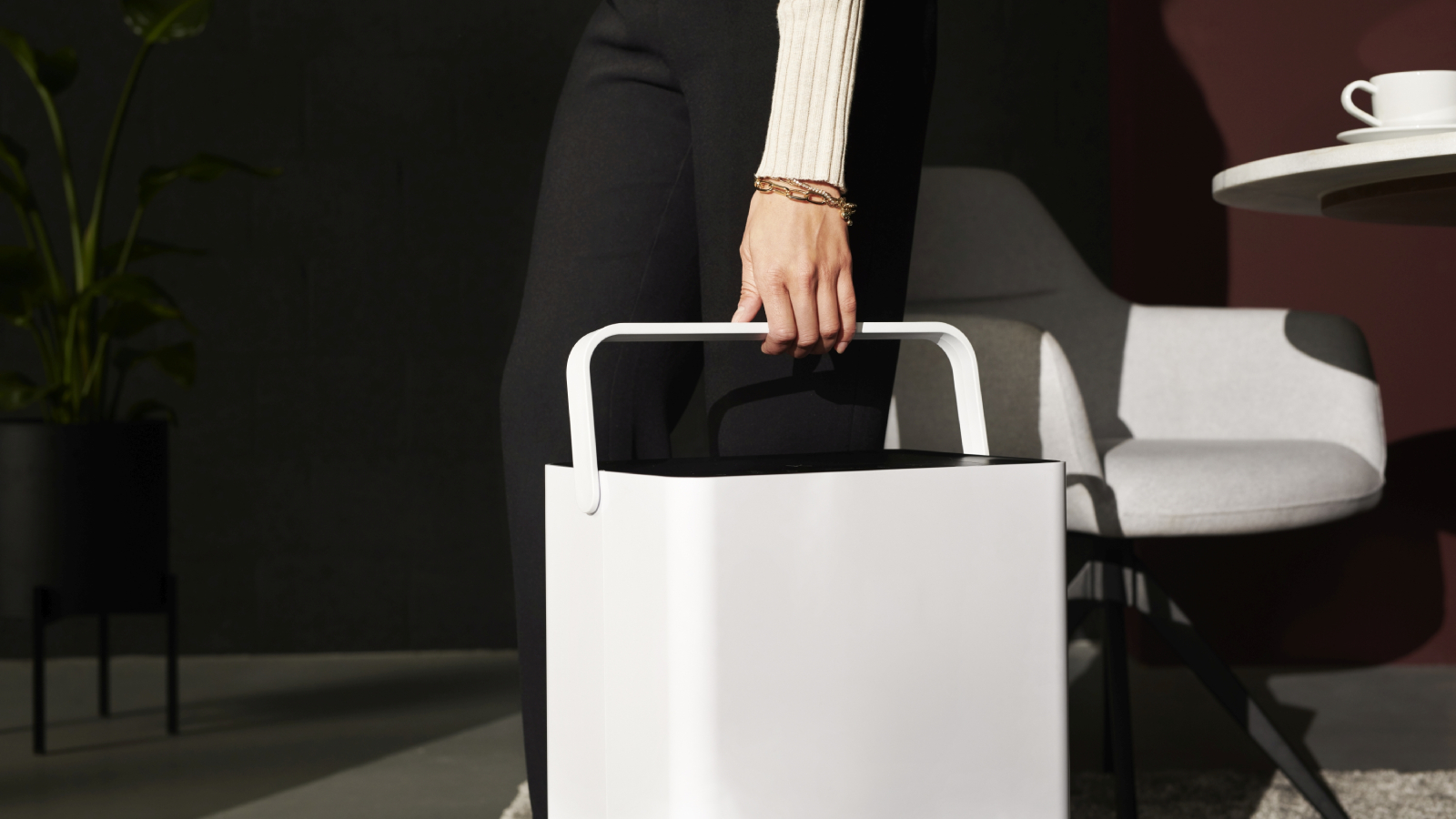
A drop in temperature can often mean the advent of condensation inside your home. And whether it's moisture on your windows or walls, it's usually time to accept that dehumidifier running costs are going to be adding to your energy bills.
But, how much do the best dehumidifiers cost to run and are there certain models that are cheaper, or ways of using them that can decrease your expenditure?
We've spoken to experts and crunched the numbers to give you a clearer idea of what you can expect from your dehumidifier running costs this autumn and winter.
Calculating dehumidifer running costs
There are many reasons why people choose to use dehumidifiers, particularly as the seasons change and it becomes colder and wetter outside. Not only can they eliminate the issues associated with hanging damp laundry around the house, such as damp, but they can also help to reduce the time it takes for your washing to get dry and help solve and prevent condensation.
So, how can you work out how much dehumidifier running costs are?
When calculating dehumidifier running costs, you need to look at the model's power rating and how much you pay for electricity per kWh. From 1 October – 31 December 2025, following the energy price guarantee, the national average price of electricity will be 26.35/kWh.
Dehumidifiers are rated in Watts (W) and this is the amount of power the they use. The higher the power, the more energy it uses.
Bring your dream home to life with expert advice, how to guides and design inspiration. Sign up for our newsletter and get two free tickets to a Homebuilding & Renovating Show near you.
This means a model such as the Dreo Dehumidifier 512S from Amazon, which uses 0.4kWh would cost as follows: 0.4kWh x 26.35p = 10.54p per hour.
As another example, the Meaco Dry Arete One 10L Dehumidifier & Air Purifier from Amazon, has a power consumption of 151 watts at 20°C and 60% relative humidity.
To establish how much it would cost to run, you would use the following calculation: 0.151kWh x 34p = 5p per hour.
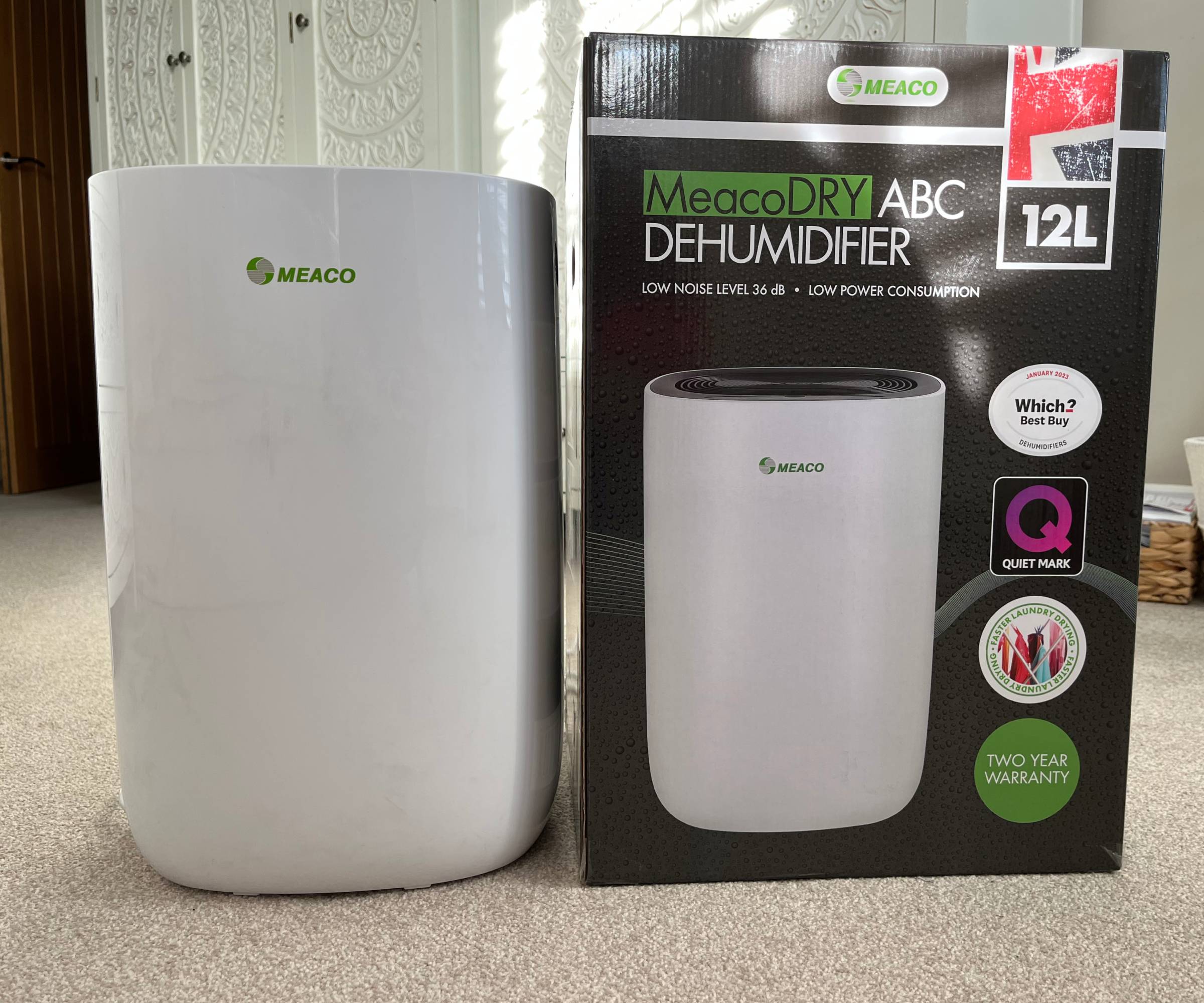
Which dehumidifiers are cheapest to run?
There are several factors that affect how much a dehumidifier costs to run, including the type you opt for.
"Dehumidifiers generally come in two main types: compressor and desiccant," explains Olivia Xu, chief marketing officer at DREO. "Compressor models will deliver the best balance of efficiency and cost savings.
"Depending on their size, they can remove up to 20 L of moisture per day and reduce relative humidity quickly. They are also highly energy-efficient," she adds. Although the downside is you can expect to may more upfront for a compressor dehumidifier vs a dessicant model.
"Desiccant dehumidifiers on the other hand are the cheapest to purchase and can operate in cold environments," she continues, "but they have low efficiency, deliver the weakest dehumidification performance, and require higher maintenance and often lack smart features."
However, things are not always so straightforward. Bear in mind that desiccant dehumidifiers have benefits that compressor models don't – mainly that they can heat the room they are in as well as getting rid of excess moisture in the air.
In fact, the air they expel can be as much as 12°C warmer that the air it took in. Compressor units, on the other hand, barely warm the air at all. Using a desiccant unit can help with drying clothes quicker and mean you will need to heat the room less – so the extra costs could be seen to be worthwhile.
That said, with many compressor dehumidifiers having a laundry drying mode, when testing the De'longhi DEX212F 12L dehumidifer to dry my laundry, I personally found that that the dehumidifier pushes out warm air as it dries and subsequently did heat the space it was located in.
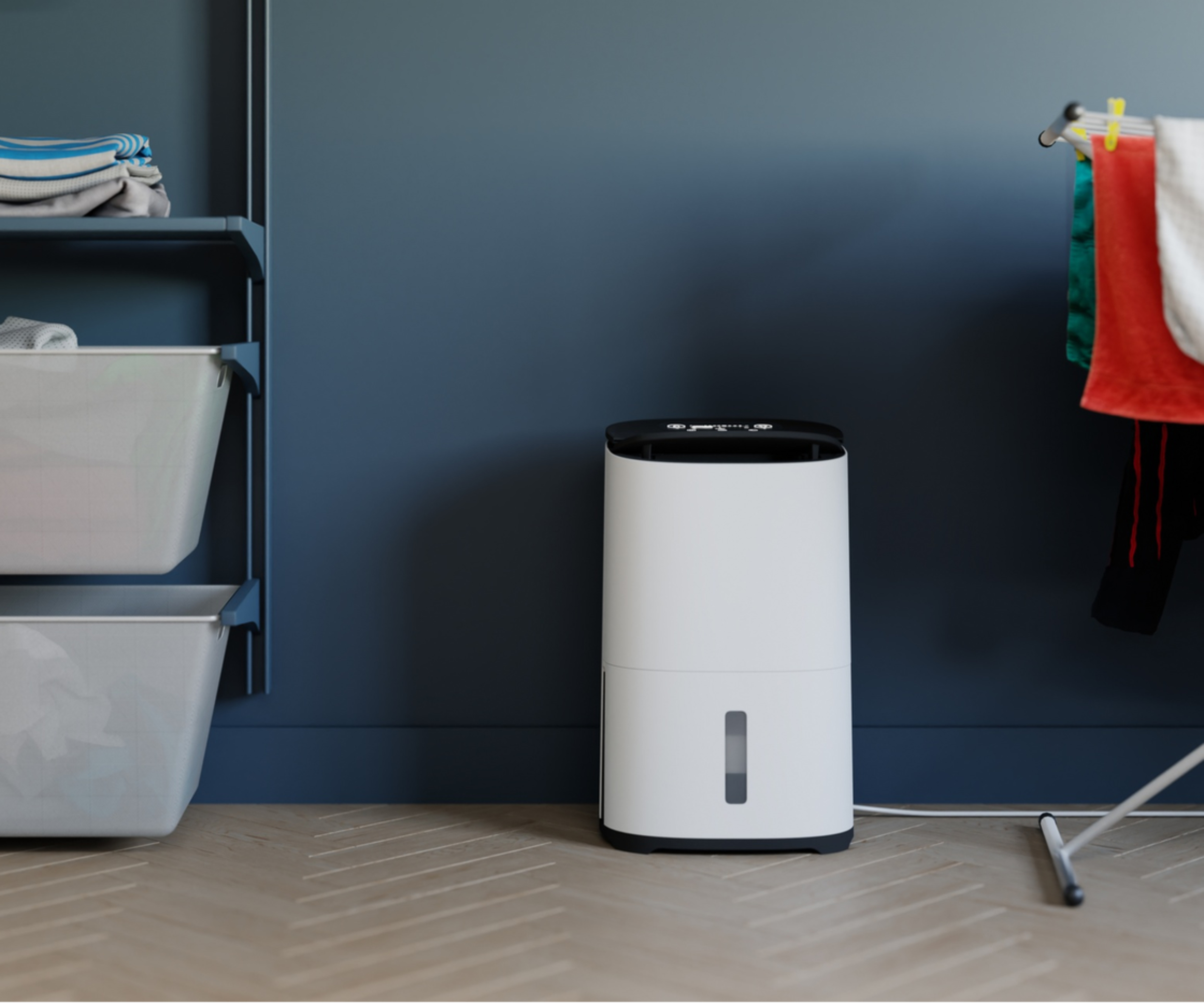
Shop for dehumidifiers to help keep your home moisture free
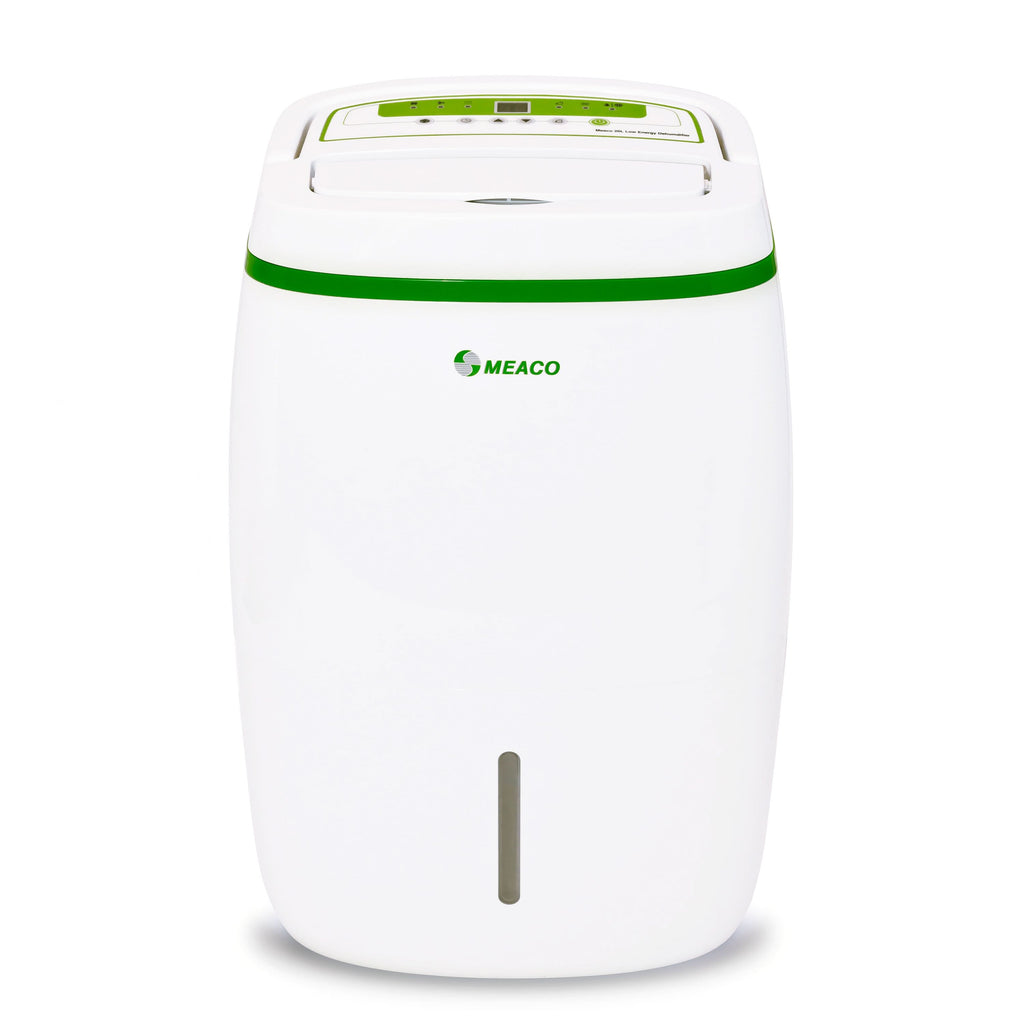
A dehumidifier and air purifier for larger homes which costs less than 6p/hour to run
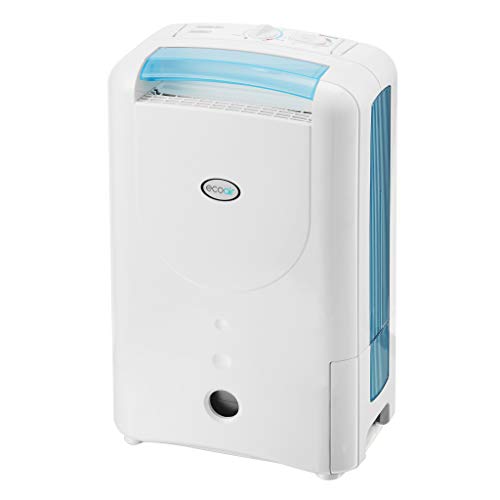
A dessicant dehumidifier that works in temperatures as low as 1°C
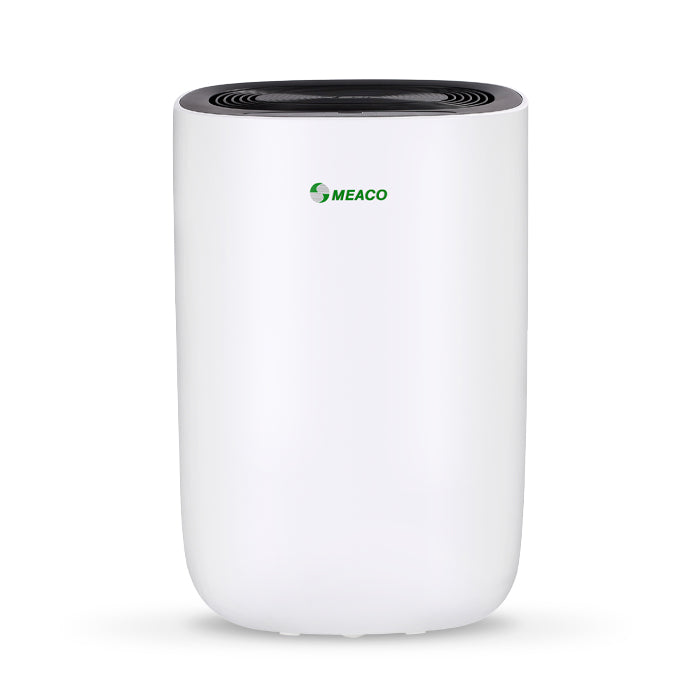
An ultra quiet dehumidifier for smaller spaces costing under 4p per hour to run
Olivia Xu is chief marketing expert at DREO, a home tech company offering a range of products including home humidity, cooling and heating appliances. While originally US based their products are now available in the UK via Amazon.
How to cut dehumidifier running costs
One of the main ways to ensure you are not paying too much for your dehumidifier running costs will be to choose the right one for your home and needs. This will also mean that you are not paying for a dehumidifier that isn't running as efficiently as it should be.
Firstly, think about the type of space you are purchasing the dehumidifier for. As mentioned before, certain types of dehumidifier are better for cold spaces, such as conservatories and garages, while others work best in warm rooms, such as bedrooms or living rooms.
"Compressor units run on a refrigerant. So just like a fridge if they get too cold, they go into defrost – you don’t want to spend your money on a machine that will defrost more then it will dehumidify," says Chris Michael, founder and managing director of Meaco.
"If it is going to be used in a space where the temperature goes below 15 degrees, a desiccant variety will be better. Desiccant models have an internal heating system, so they can function far better in colder temperatures."
Next you need to think about the capacity you will need. "The more people there are, the more washing, showering, cooking, talking and breathing there is. This will add to the humidity in the atmosphere and in the property," explains Chris Michael. "With two or three people in a home, the 10L or 12L models would be suitable. In a larger family, the 12L or 20L will be needed."

Chris and his partner Michelle started Meaco in 1991. Meaco is now regarded internationally as a major player in the dehumidifier industry selling to 20+ countries throughout Europe, North America and South Africa. Meaco sets the benchmark for quality and development in its sector, leading by example and reducing the energy consumption of its appliances.
Choosing a low cost dehumidifier
There are a number of functions on dehumidifier designed specifically for saving energy, so if you are in the market for a new model, it makes sense to look out for the following:
- Smart humidistats: On a dehumidifier, the humidistat works in a similar way to a thermostat on a heating system – apart from it monitors the humidity level in a room as opposed to the temperature. The more advanced models allow you to set the desired humidity level and will then maintain that, either going into sleep mode once it is reached to conserve energy, or switching off altogether
- Motorised louvres: These are designed to direct the newly dried warm air through a wide angle set of louvres in order to speed up the drying time of laundry. The most advanced models will detect when the humidity levels in the room drop and reduce power consumption accordingly. It is also worth noting that drying laundry this way should save on the cost of running a tumble dryer
- Adjustable speed: It is worth paying a little more for a dehumidifier with more than one speed option – you won't always need it running at full pelt. Some of the most advanced models will adjust the running speed for you
"For optimal efficiency, running a dehumidifier in auto mode, which automatically maintains the ideal humidity level for any space and keeps conditions comfortable without manual adjustments, is a great idea," suggests Olivia Xu .
Choosing a model with an app can also be an advantage adds Olivia. For example, "the companion DREO app adds powerful smart controls, including cleaning reminders, real-time humidity graphs, a timer, customisable schedules (working hours, modes, and speed), and smart voice integration with Google Home or Alexa," she explains.
This can make it easier to manage when and how often you are using it as you can fine-tune the scheduling and settings from anywhere.
Finally, in order to get the very most out of your dehumidifier, be sure to close windows and doors when it is running, clean or change the filters regularly and make sure your bathroom and kitchen extractors are working properly.
Unsure if you need to add dehumidifier running costs to your energy consumption? These are the 10 signs you need a dehumidifier, and then, make sure you pick the right size by following our guide to what size dehumidifier do I need.
Finally, once you have one, as well as following our energy saving tips for running one, avoid these dehumidifier mistakes to get the best out of your machine and to avoid spending more money than you need to.
Natasha was Homebuilding & Renovating’s Associate Content Editor and was a member of the Homebuilding team for over two decades. In her role on Homebuilding & Renovating she imparted her knowledge on a wide range of renovation topics, from window condensation to renovating bathrooms, to removing walls and adding an extension. She continues to write for Homebuilding on these topics, and more. An experienced journalist and renovation expert, she also writes for a number of other homes titles, including Homes & Gardens and Ideal Homes. Over the years Natasha has renovated and carried out a side extension to a Victorian terrace. She is currently living in the rural Edwardian cottage she renovated and extended on a largely DIY basis, living on site for the duration of the project.

